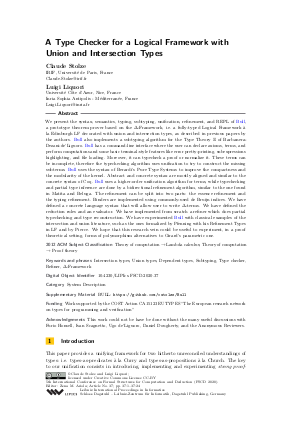LIPIcs.FSCD.2020.37.pdf
- Filesize: 0.66 MB
- 24 pages

 Creative Commons Attribution 3.0 Unported license
Creative Commons Attribution 3.0 Unported license
















































Feedback for Dagstuhl Publishing